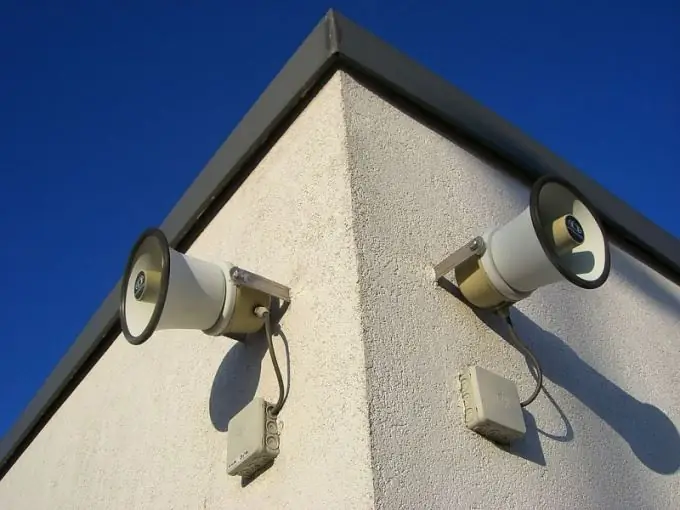A self-made speaker with high quality will sound no worse than the finished one. And it can have a unique and inimitable design, the way you like it personally.

It is necessary
- - fibreboard;
- - jigsaw;
- - self-adhesive film;
- - plywood;
- - screwdriver, drills and screws;
- - dynamic heads;
- - crossover;
- - soldering iron;
- - wires;
- - glue;
- - acoustically transparent fabric;
- - terminal block.
Instructions
Step 1
Cut the walls out of the fiberboard and assemble a box of such volume with self-tapping screws to fit the dynamic heads. You can also make a larger box, then the bass will sound better. Cut the back wall from thinner plywood. In the front wall, cut out holes for the dynamic head (or several heads if the system is multi-lane), and in the back, drill several small holes, and also cut a rectangular hole for the terminal block. If the loudspeaker will be wall-mounted, cut out the mounting hole in the shape of a "thermometer". The "ball" of the "thermometer" should have a larger diameter than the head of the fastening screw on the wall, and the "column" should be smaller.
Step 2
Place the speaker in the hole inside the box. The power for which it is designed must exceed the output power of the amplifier. Secure it with four self-tapping screws long enough so that they do not drill through the wall. If you are making a multi-way speaker, attach all the drivers for different frequencies. Attach the crossover, if available, to the side wall. Cover the front wall from the outside with an acoustically transparent cloth, making sure that no glue gets on the diffusers of the heads. Let the glue dry.
Step 3
On the rear wall, fasten the terminal block with the clamps outward. Connect it to the dynamic head with wires of such length that the back wall can be freely removed. In a multi-way speaker, connect all heads to the crossover according to the instructions for it, and the crossover itself to the terminal block. Secure the back wall. Cover the side walls with self-adhesive tape.
Step 4
If the amplifier is stereo, make a second speaker of the same. Only now plug in the amplifier. Hear how the speakers you make sound. Hang them on the wall if desired.






